Petite Cottage on Former Methodist Campground, Yours for $328K
Built in the 19th century, the diminutive dwelling has picturesque charm and is now part of a co-operative community in Ossining, New York.

Photo via Corcoran Legends Realty
This diminutive dwelling has picturesque charm and a setting in an historic community in Westchester County. Now known as Campwoods Grounds with more than 40 year-round cottages, the property has roots dating back to the 1830s when a Methodist revival camp site was established there.
The roughly seven acres of land is now a co-operative and any buyer of the cottage on the market at 17 Campwoods Grounds in Ossining, New York will be purchasing the house and leasing the land. There is a monthly maintenance fee and, like a city co-op, potential purchasers must fill out an application and interview with the board.
Many of the residences in Campwoods Grounds are gable-front wood-frame cottages built in the late 19th century. The simple dwellings were constructed as replacements for the tents that originally housed families who camped on the grounds for the summer religious revival events.
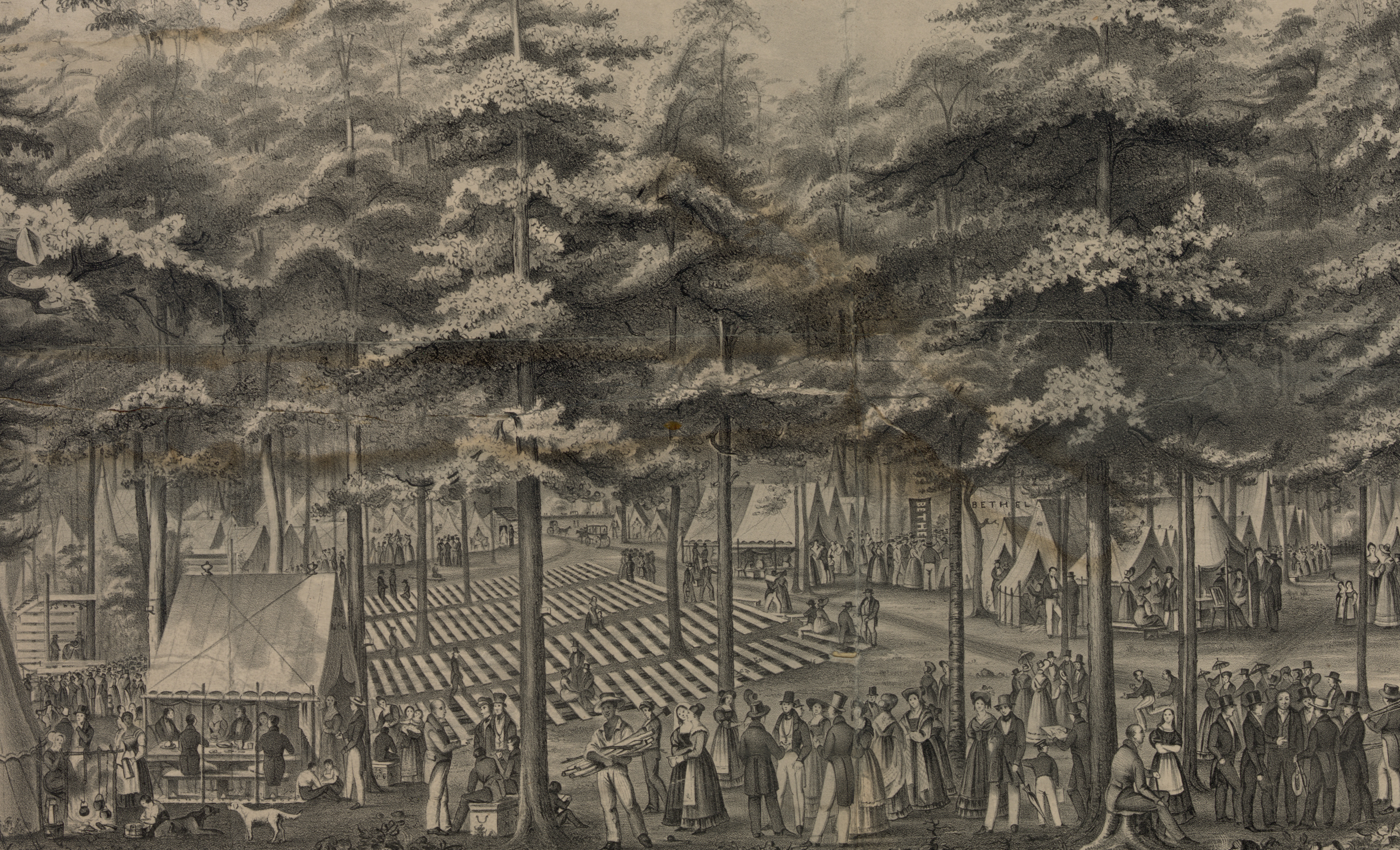
A glimpse of the early days at the campsite, when it was known as the Sing-Sing Camp Meeting, can be seen in an 1838 lithograph. Tents are arranged amidst the trees and around a central square where benches are lined up, ready for a service. Decades later, in 1865, the New York Times ran a lengthy report on an August gathering, describing it much as the image depicts. “The camping ground is laid out in the form of streets and avenues, with the sleeping tents facing a large square,” the paper said. Seats were plentiful in the square, with room for an estimated 10,000. The preacher’s stand in the square was heavily used, with services held throughout the day and into the early evening.
The Methodist revival meetings drew attendees from the area as well as Manhattan and Brooklyn. As early as 1842, Brooklynites were alerted that a steamboat was available to take them from the foot of Bridge Street up to Ossining in time for the summer event. Brooklyn pastors were well represented at the summer services and the Brooklyn Eagle reported regularly on the gatherings. An 1868 article reported that the rumors of Reverend Henry Ward Beecher appearing turned out to be unfounded, but there was still “very able and eloquent discourse.”
According to an extensive history of the site, Swedish immigrants organized their own meetings on the grounds beginning in the 1850s, leading to separate English and Swedish language weeks during the summer. The Swedish gathering drew the faithful from a number of Swedish Methodist Churches, including in Brooklyn.
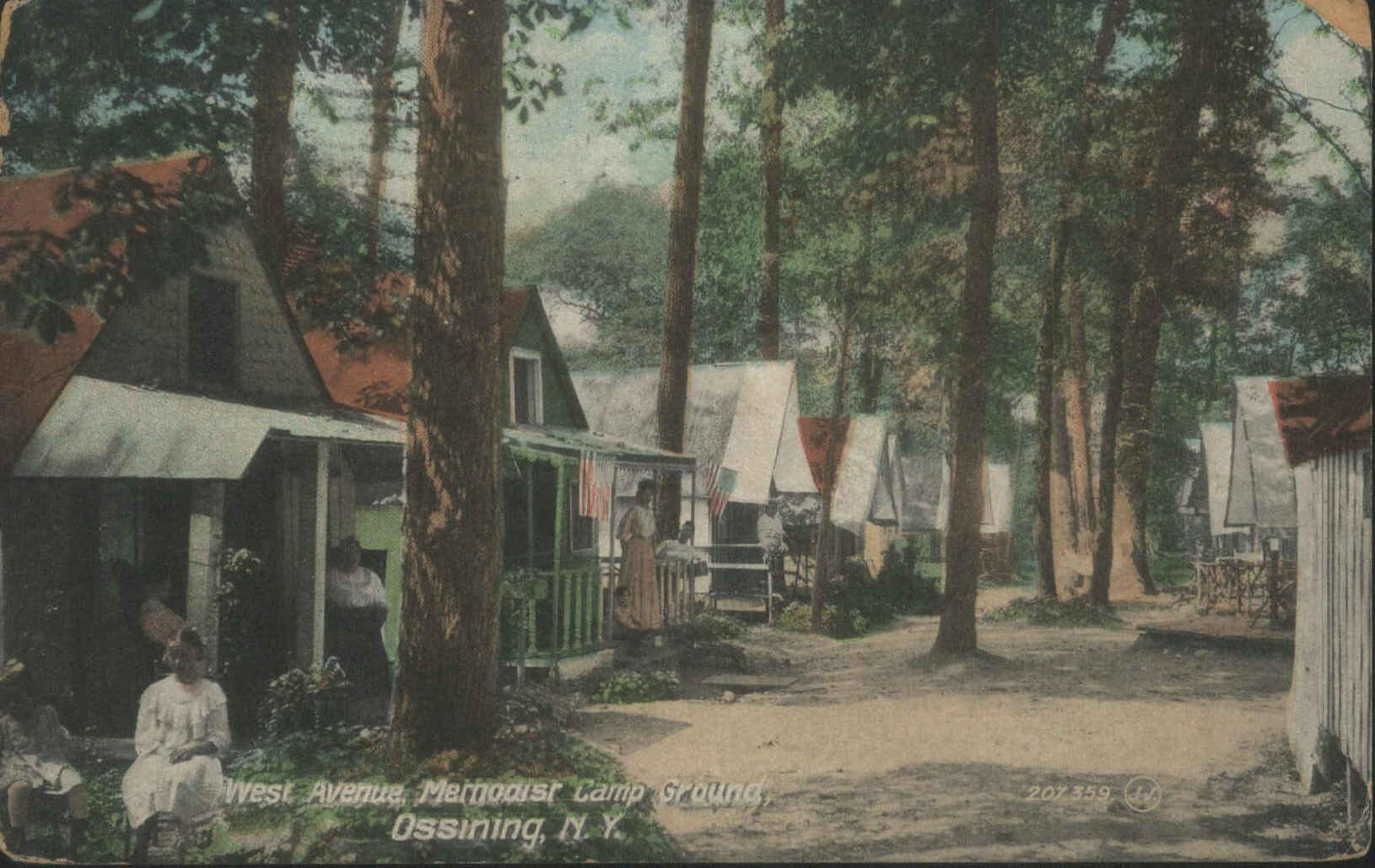
While tents were being replaced with cottages, other buildings also went up on the acreage, including a Swedish Tabernacle. Attendance at the Ossining meetings generally dwindled during the Depression, but the Swedish contingent continued to worship on site until the 1990s. Albeit with fewer and fewer attendees.
By this time, many of the modest wood-frame cottages had been winterized and families were living on the site year round. Today while the organization, the Ossining Camp Meeting Association, does not hold religious revival meetings, the co-operative community is a social one. An auditorium is the site of craft fairs, concerts, and other events. Each summer, in a nod to the history of the site, there are special music-focused events on Sundays.
A front porch on this cottage ensures a spot to engage with neighbors, and while the cottage sits on a small plot of land there is room for a garden. Photos of other cottages on the grounds show gardens are an important part of the community, making for a flower-filled neighborhood.
Inside, this green and yellow cottage has two bedrooms and one bath in roughly 720 square feet.
The front door opens into a paneled living room with enough space for a seating area and a small table. Updates include recessed lighting and a mini split unit mounted on one wall.
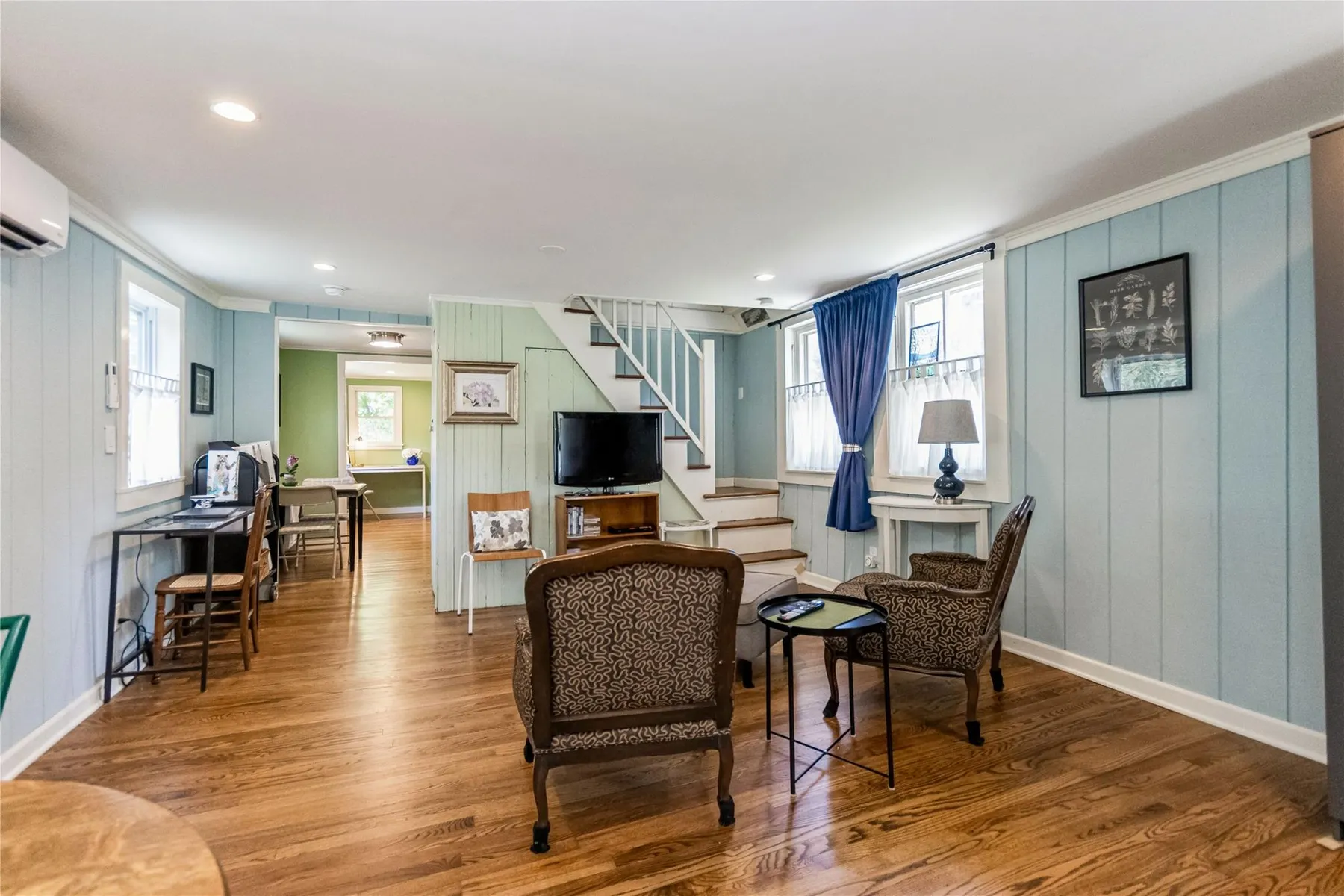

The windowed kitchen beyond has a bank of cabinets, an electric range, and room for a small breakfast table. Off the kitchen is a small room that could serve as office or mudroom. A door leads to a petite rear porch.
The two bedrooms are tucked in the gabled roof and have the expected steeply angled ceilings. Both have wood floors; the boards in one room are painted in shades of purple.
Surprisingly spacious, at least in the listing photo, is the bathroom. It’s off the kitchen and has a walk-in shower and black and white tile.
Listed by Robert Lowenthal of Corcoran Legends Realty, the cottage is asking $328,000. Maintenance for the property is $498 a month.
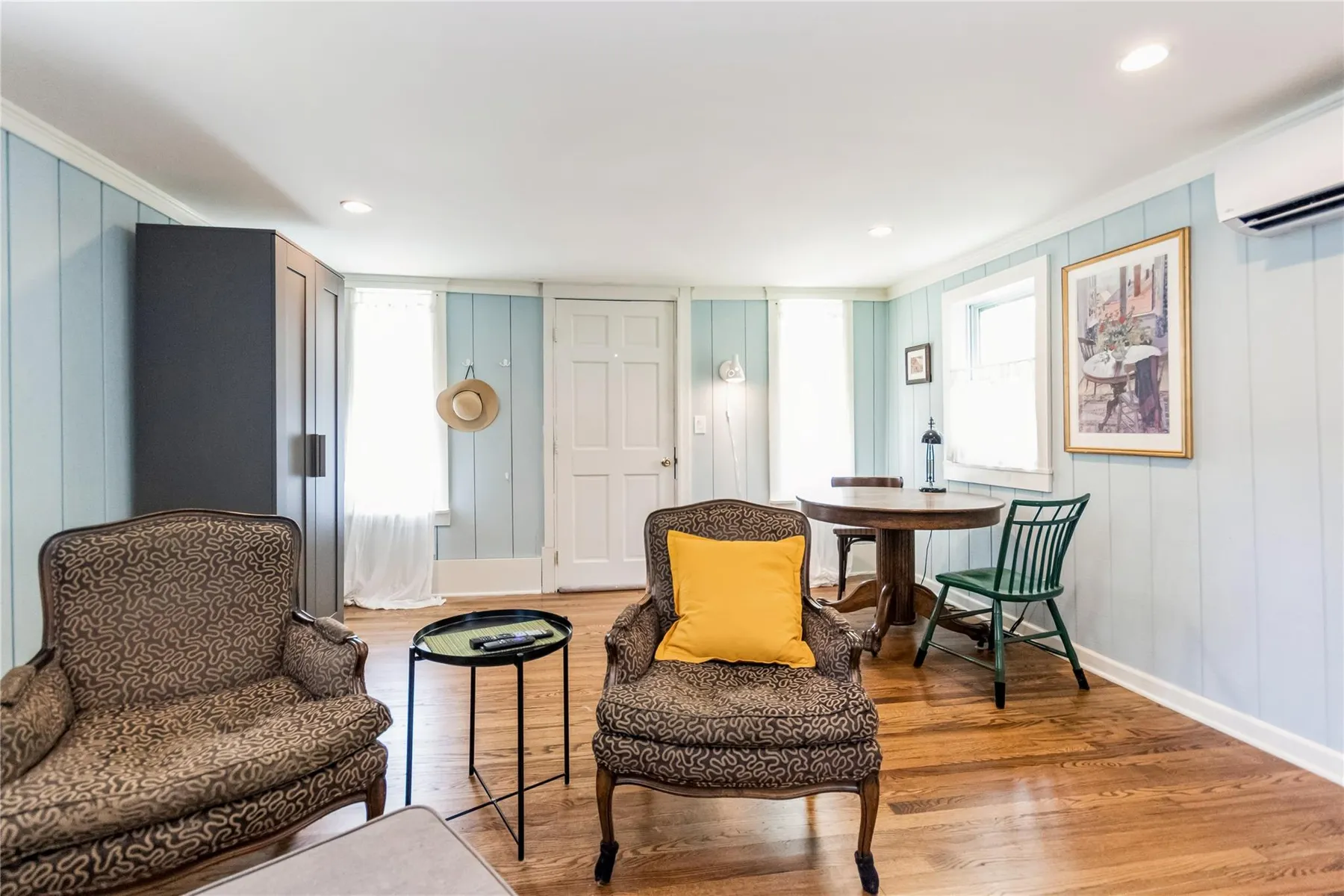

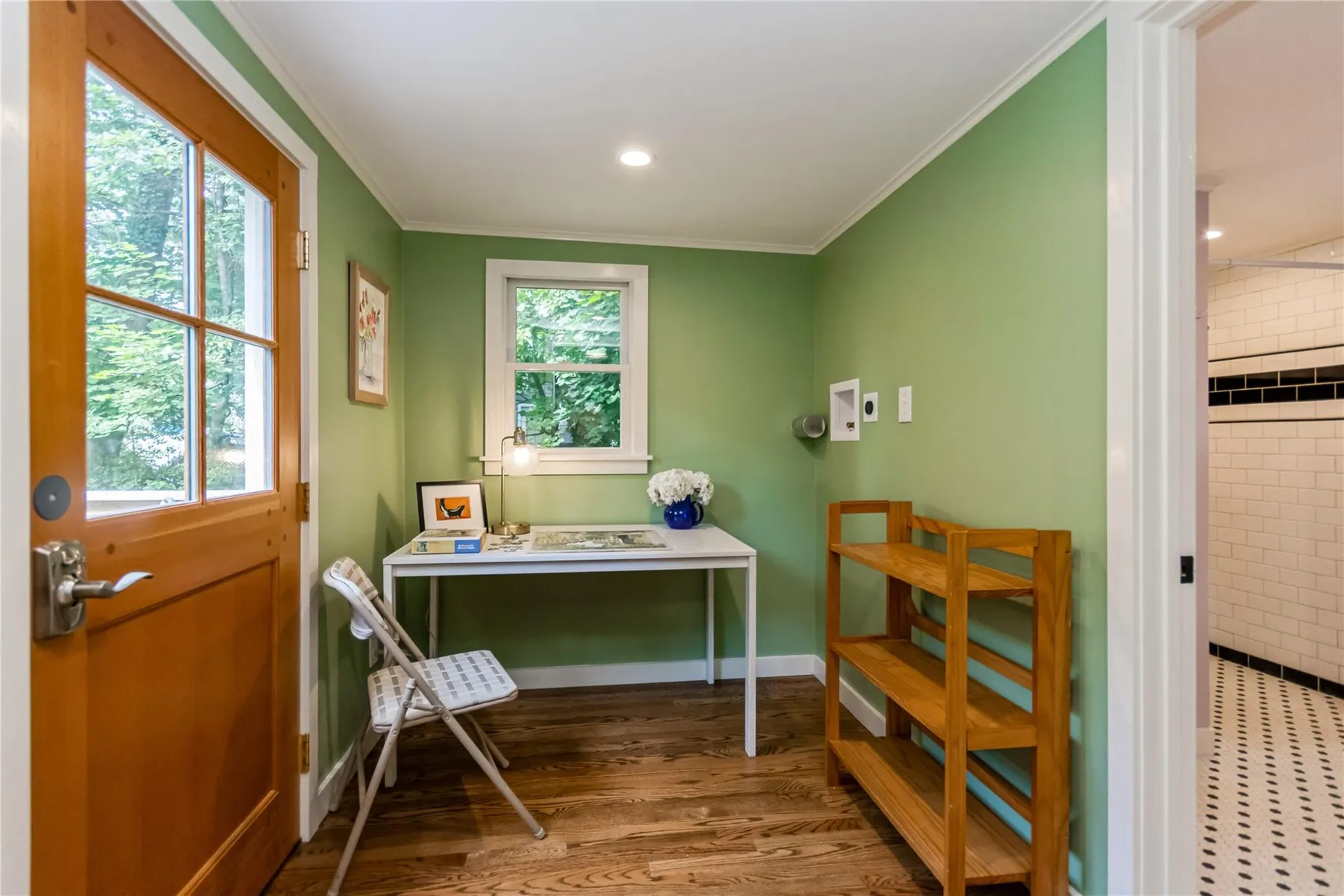
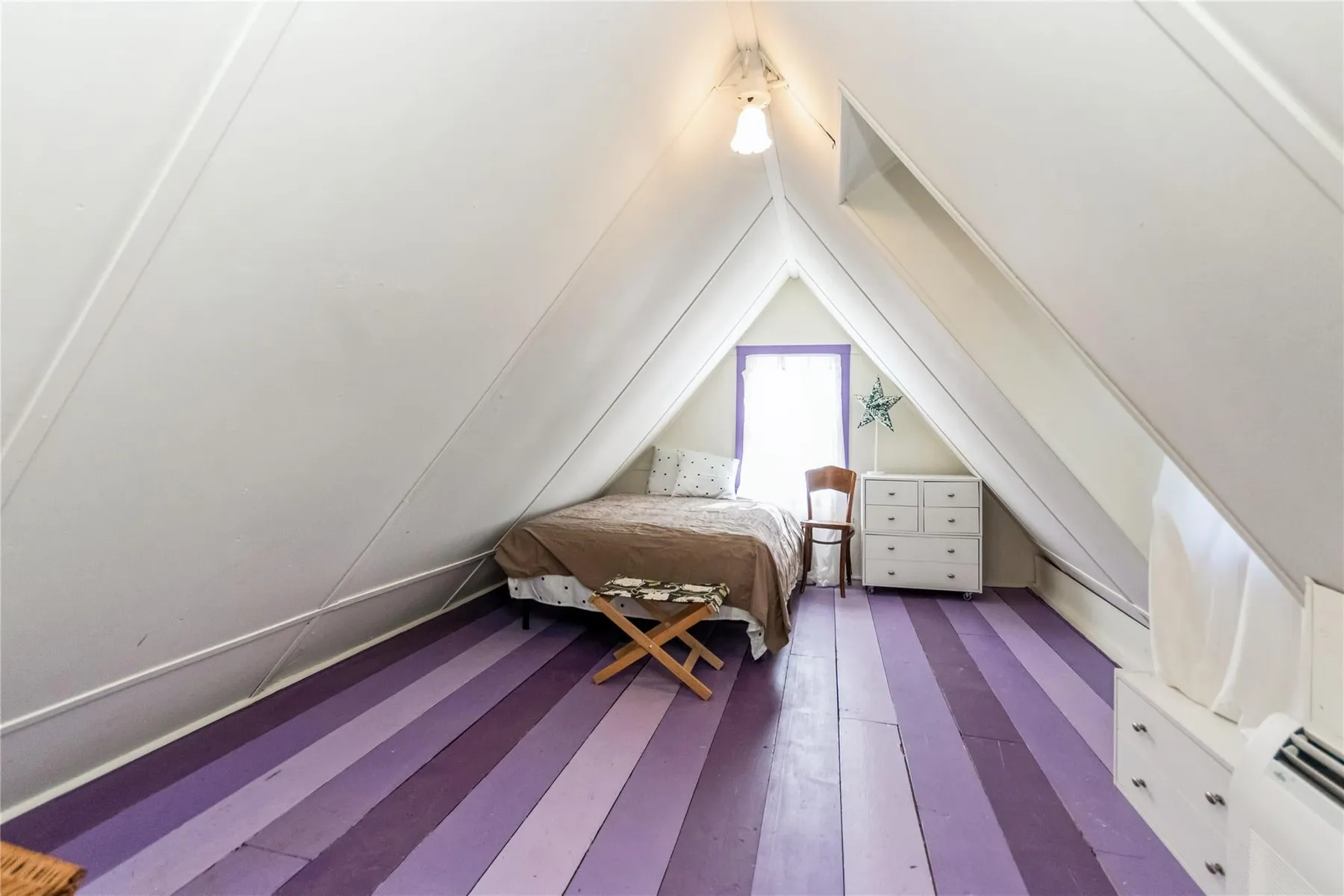


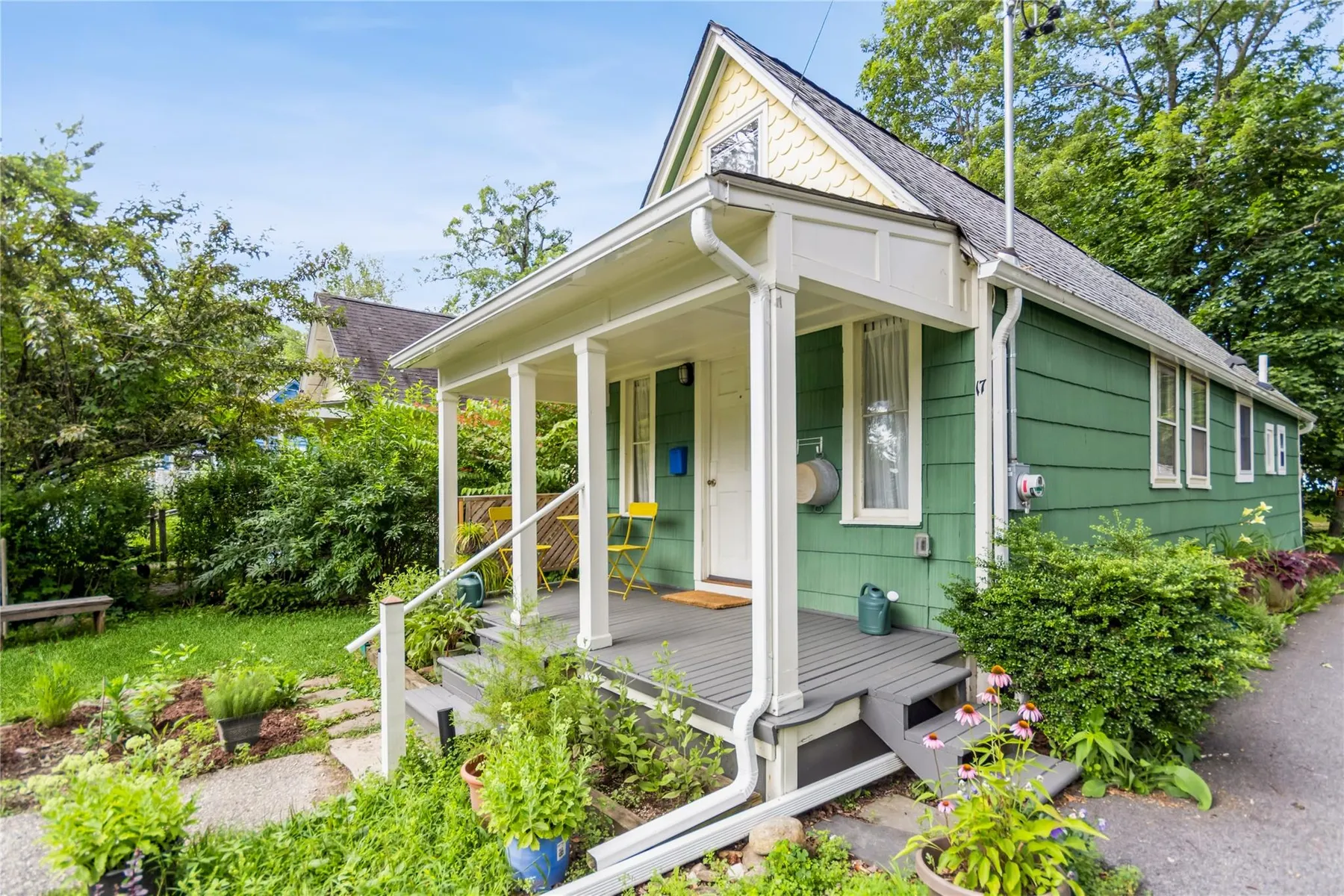
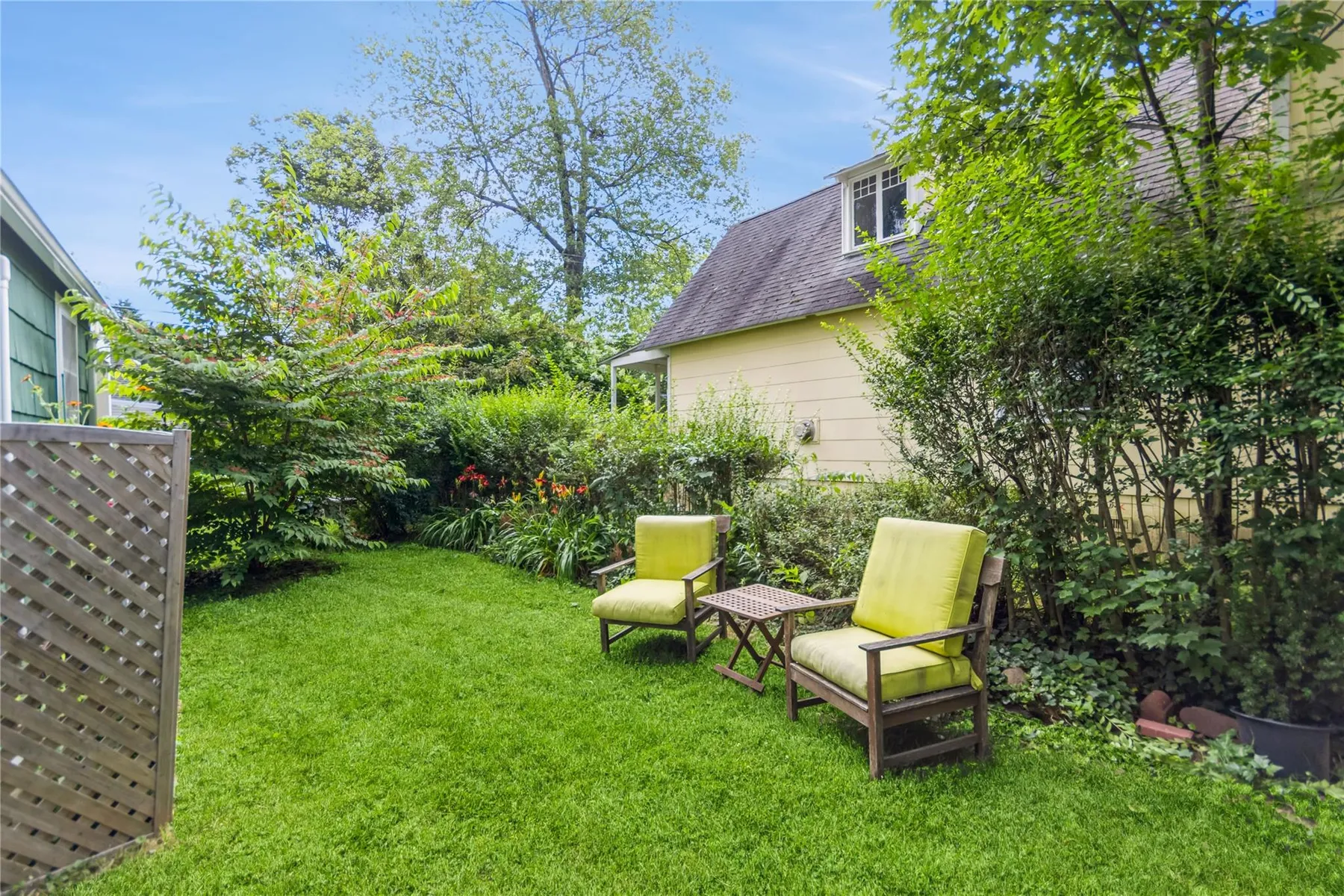
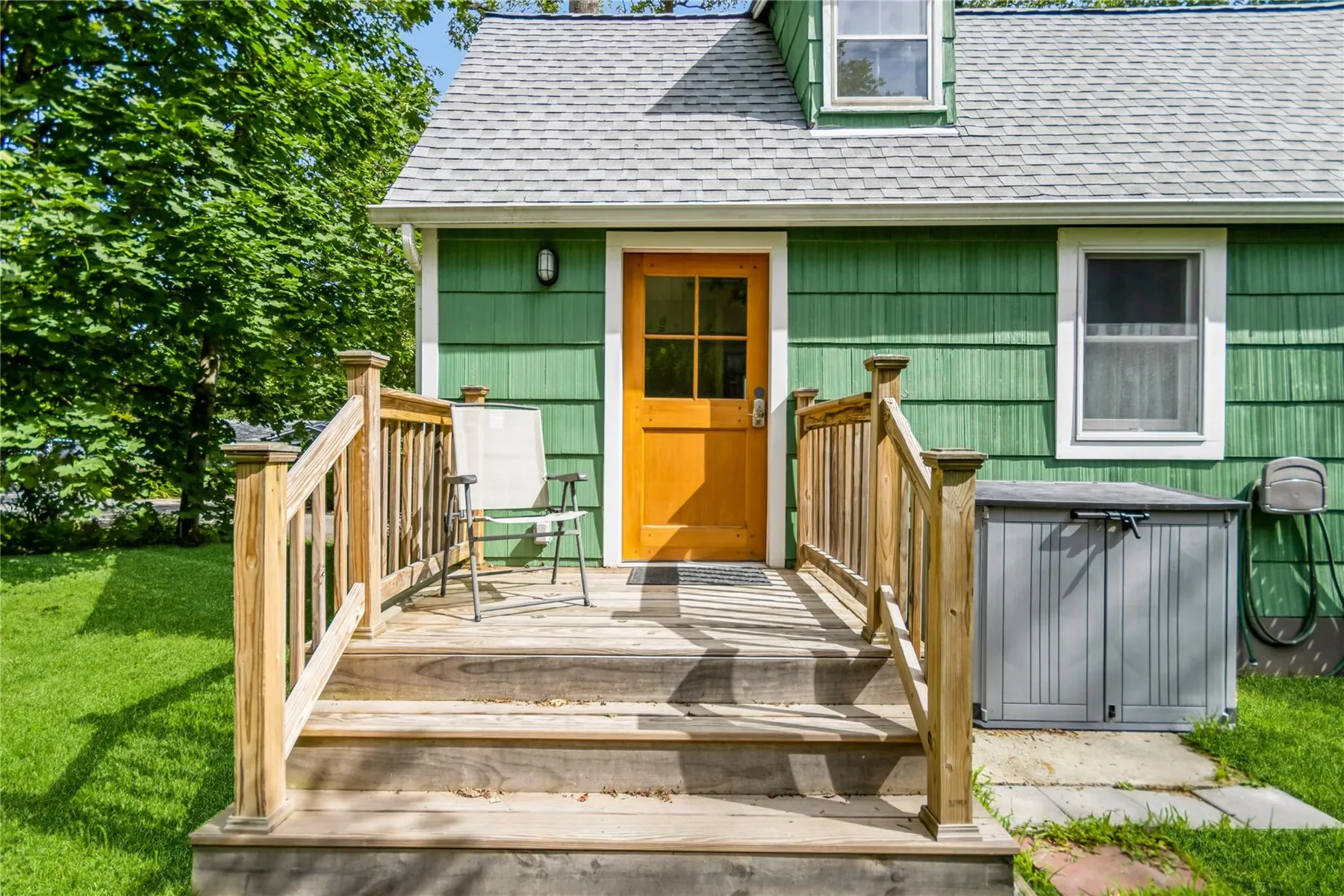
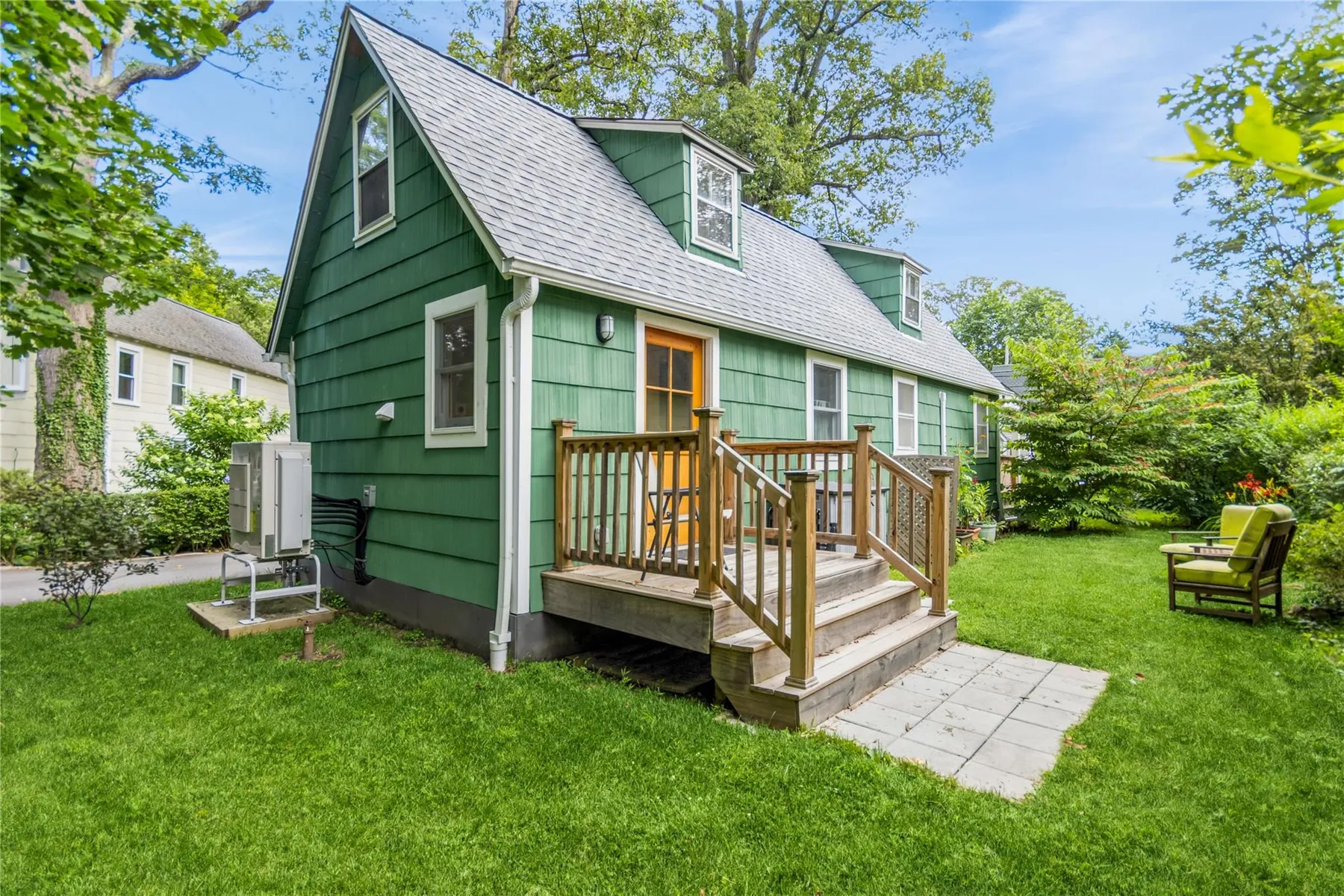
[Photos via Corcoran Legends Realty unless noted otherwise]
Related Stories
- Armour-Stiner Octagon House Delights With Over-the-Top 1870s Redo
- Manse Near Newburgh With Architectural Pedigree, River Views Asks $2.275 Million
- A Photo Tour of Troy’s Architectural Delights
Email tips@brownstoner.com with further comments, questions or tips. Follow Brownstoner on X and Instagram, and like us on Facebook.


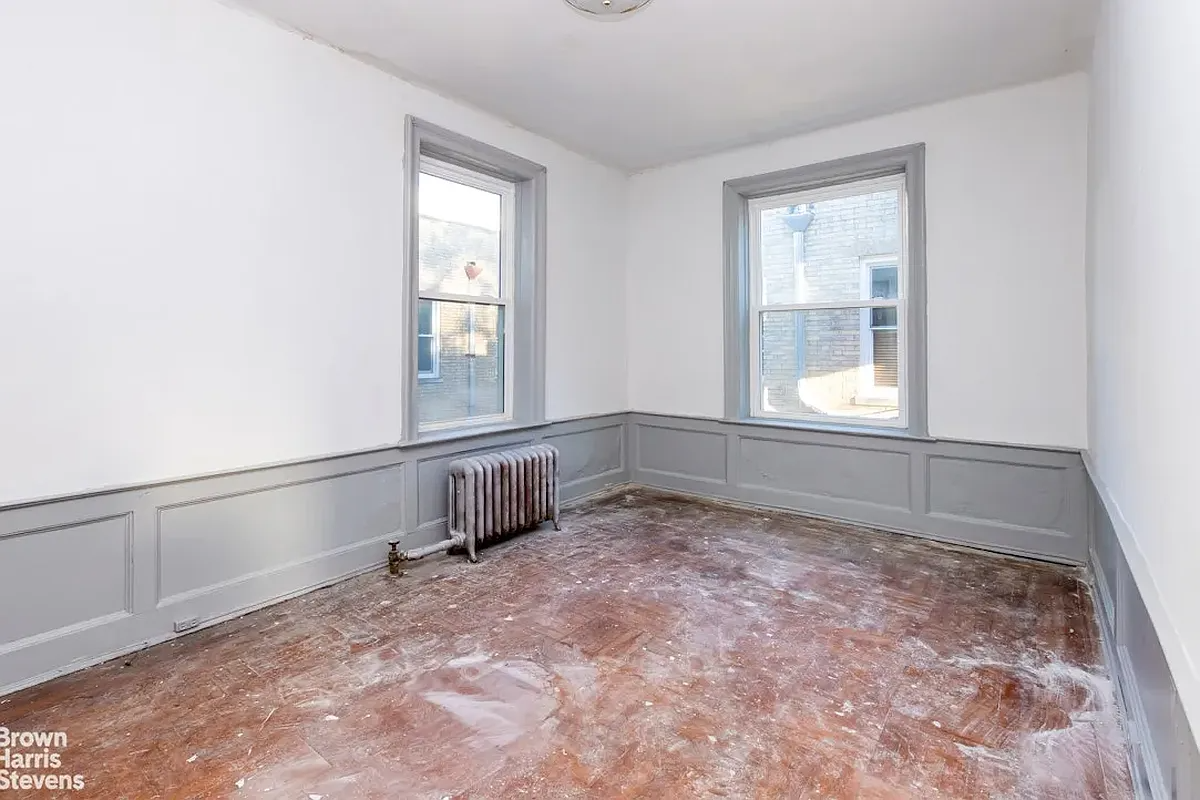
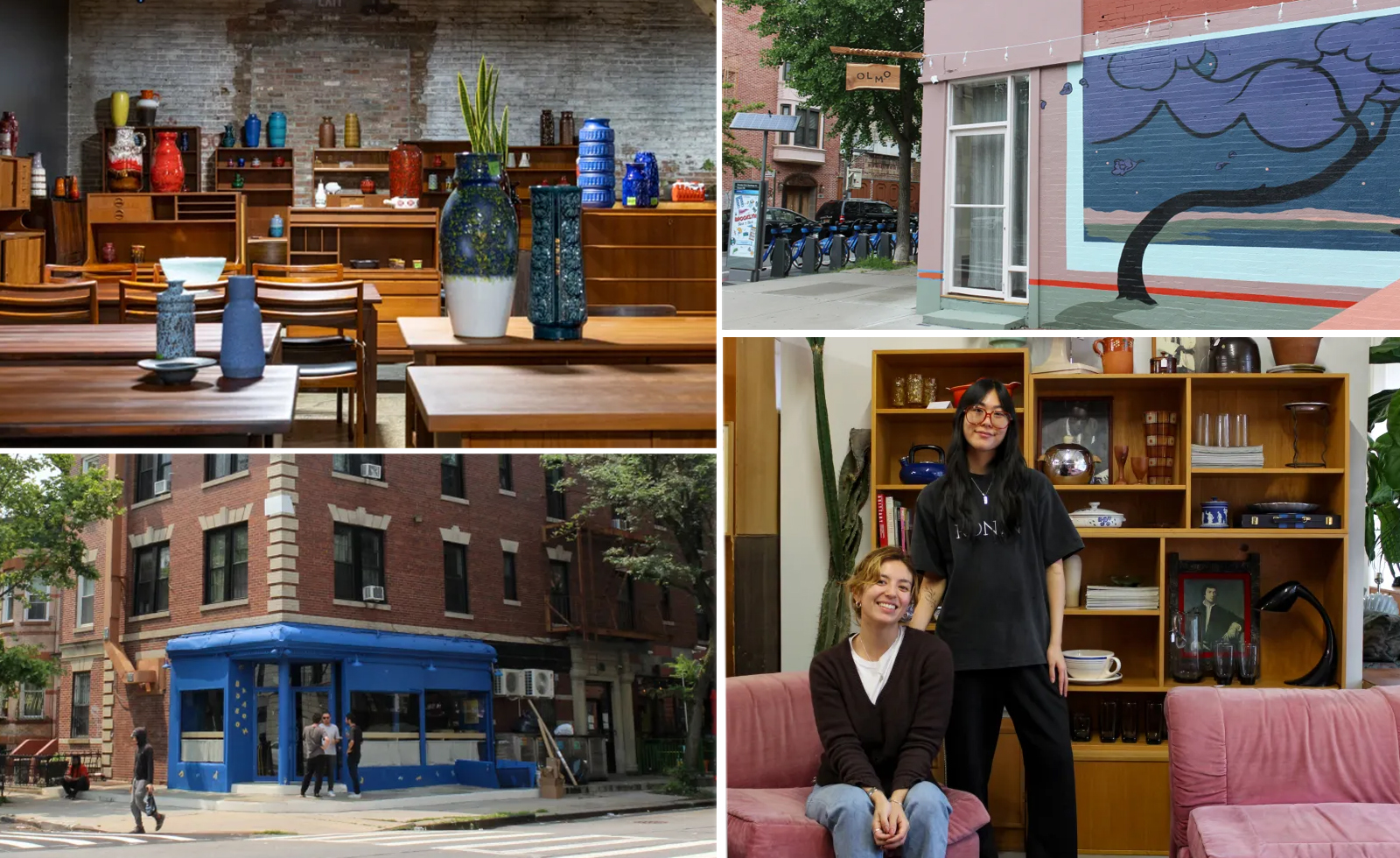

What's Your Take? Leave a Comment